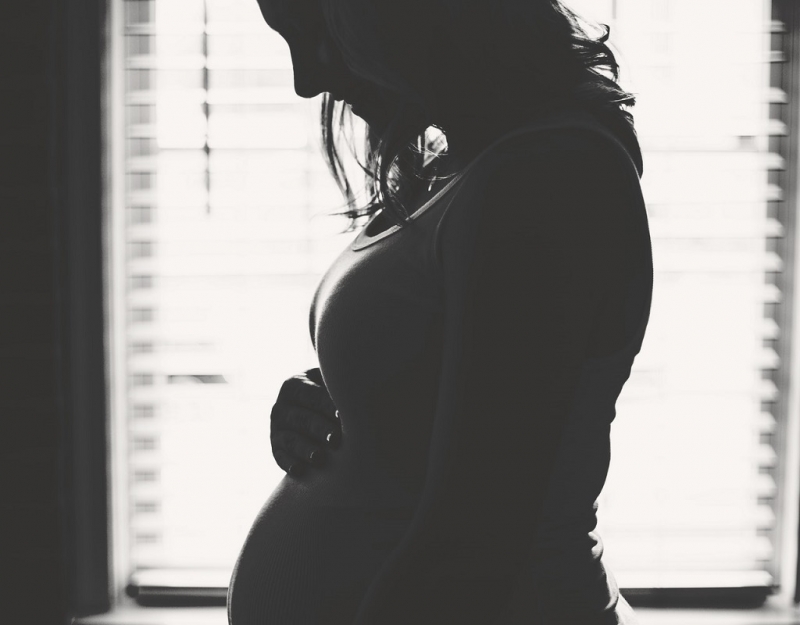Late pregnancy discomfort
Around 34 weeks, some pregnant women have the uncomfortable feeling baby is going to “fall out”. This feeling is related to pressure the baby exerts because it has moved lower in the birth canal. Some women describe the feeling as an increase in pressure.
If you’re concerned or worried about it, consult your doctor. It may be a reason to preform a pelvic exam to see how low the baby’s head is. In almost all cases, the baby will not be coming out. But because it is at a lower position than what you’re used to, the baby will exert more pressure than you have noticed during recent weeks.
Another feeling associated with increased pressure may occur around 34 weeks of pregnancy. Some pregnant women have described it as a ‘pins-and-needles’ sensation. The feeling is tingling, pressure or numbness in the pelvis or pelvic region from the pressure of the baby. It is a common symptom and shouldn’t overly concern you.
These feelings may not be relieved until delivery occurs. You can lie on your side to help decrease pressure in your pelvis and on the nerves, vessels and arteries in the pelvic area. If the problem is severe, talk to your doctor about it.
What are Braxton Hicks contractions?
After 20 weeks of pregnancy, you may begin to feel your uterus ‘practicing’ contractions. These contractions, know as Braxton Hicks, are usually painless and expressed as a’ tightening’ sensation , but for some women – particularly if this pregnancy is not their first – Braxton Hicks contractions can be strong and even painful.
Braxton Hicks contractions vs. labour
Late in pregnancy, many women confuse Braxton Hicks contractions with the real thing but there are ways to tell the two events apart:
- Braxton Hicks are usually more infrequent or less regular than labour pains are.
- Braxton Hicks contractions are short (20-30 seconds) or overly long (90 seconds to 2 minutes).
- Braxton Hicks contractions do not progress and become regular.
- Braxton Hicks contractions feel ‘different’ to labour contractions and many women intuitively recognise the difference
If in doubt, time your contractions. If you experience contractions that settle into a regular pattern and are becoming more intense, you may be in labour. Check with your health professional, if you are unsure.
Braxton-Hicks contractions and false labour
The signs of labour are usually regular contractions. They increase in duration and strength over time. You’ll notice a regular rhythm to real labour contractions. You’ll want to time them so you know how frequently they occur and how long they last. When you go to the hospital depends in part on your contractions.
False labour often occurs before true labour begins. False labour contractions can be painful and may appear to be real labour to you. See the box below. In most instances, false-labour contractions are irregular. They are usually of short duration (less than 45 seconds). The discomfort of the contraction may occur in various parts of your body, such as the groin, lower abdomen or back. With true labour, uterine contractions produce pain that starts at the top of the uterus and radiates over the entire uterus, through the lower back into the pelvis.
False labour is usually seen in late pregnancy. It seems to occur more often in women who have been pregnant before and delivered more babies. It usually stops as quickly as it begins. There doesn’t appear to be any danger to your baby.
True labour or false labour?
| Consideration | True Labour | False Labour |
| Contractions | Regular | Irregular |
| Time between contractions | Come closer together | Do not get closer together |
| Contraction intensity | Increases | Doesn’t change |
| Location of contraction | Entire abdomen | Various locations or back |
| Effect of anesthetic or pain relievers | Will not stop labour | Sedation may stop or alter frequency of contractions |
| Cervical change | Progressive cervical change | No cervical change |







Leave A Comment
You must be logged in to post a comment.